![]() 25 Jun 2024
25 Jun 2024
Historians investigate changes in the Bombay Deccan countryside through the lens of a significant peasant revolt. These upheavals offer rich insights into the life, grievances, and broader context of the time.
Location: It originated in Supa, Poona, where peasants, or ryots, demanded and destroyed the account books (bahi khatas) and debt bonds held by shopkeepers and moneylenders.
New Systems: As the British expanded their rule in India, they initiated new revenue systems.
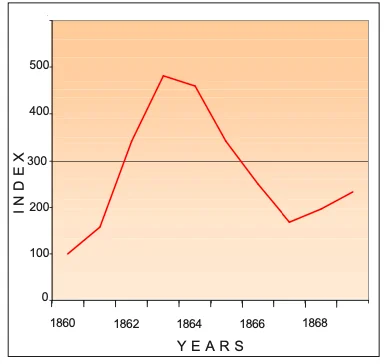
Exploitative Demand: The ryotwari system’s revenue demand was so excessive that many peasants deserted their villages.
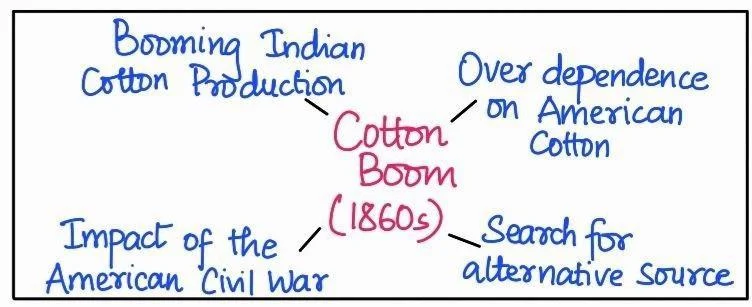
Dependence on American Cotton: Prior to the 1860s, 75% of Britain’s raw cotton imports came from America, leading to concerns about over-reliance.
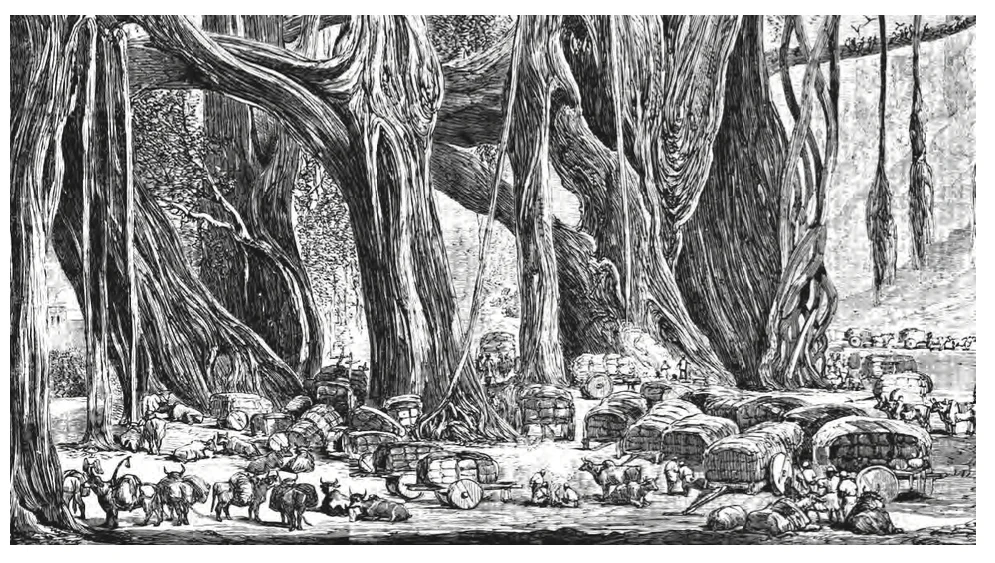
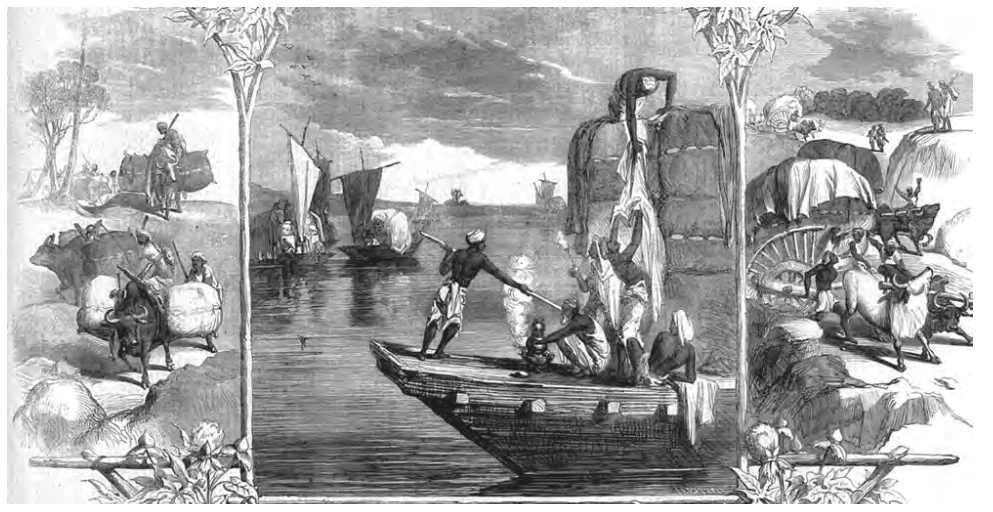
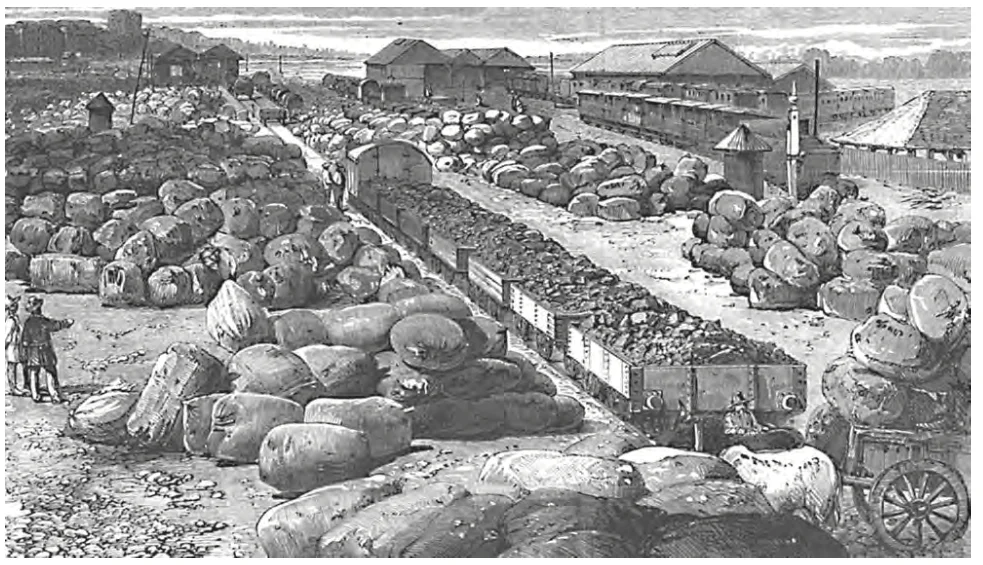
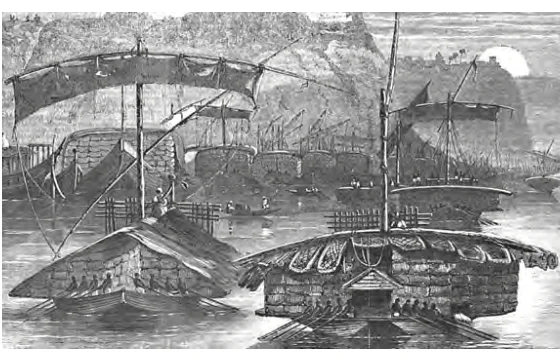
Official Bias and Interpretation:
| Must Read | |
| Current Affairs | Editorial Analysis |
| Upsc Notes | Upsc Blogs |
| NCERT Notes | Free Main Answer Writing |
The Bombay Deccan revolt exposed the harsh realities of British colonial rule. The Ryotwari system, coupled with a crippling debt cycle and volatile cotton market, squeezed peasants. The Deccan Riots Commission, reflecting colonial bias, deflected blame from the government to moneylenders. This revolt highlighted the plight of Indian farmers under British rule.
| Related Articles | |
| The Deccan Plateau | Economic Impact Of British Rule In India |
| Land Revenue Systems in British India | Rainfall in India |
<div class="new-fform">
</div>